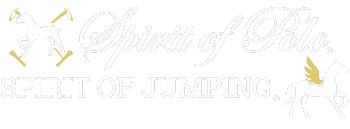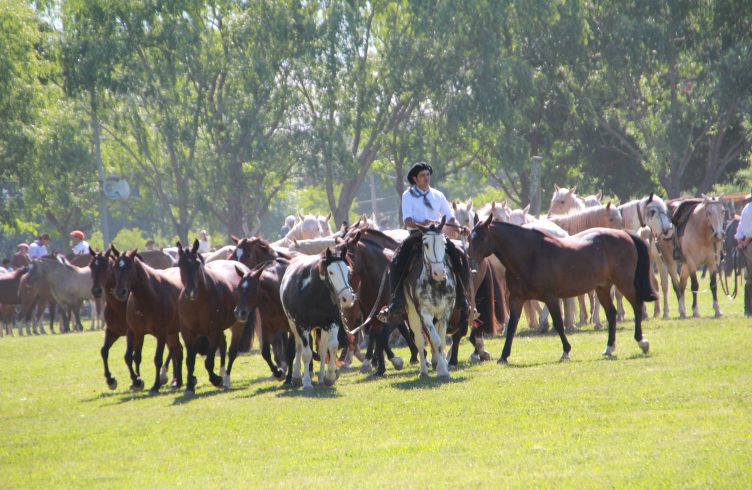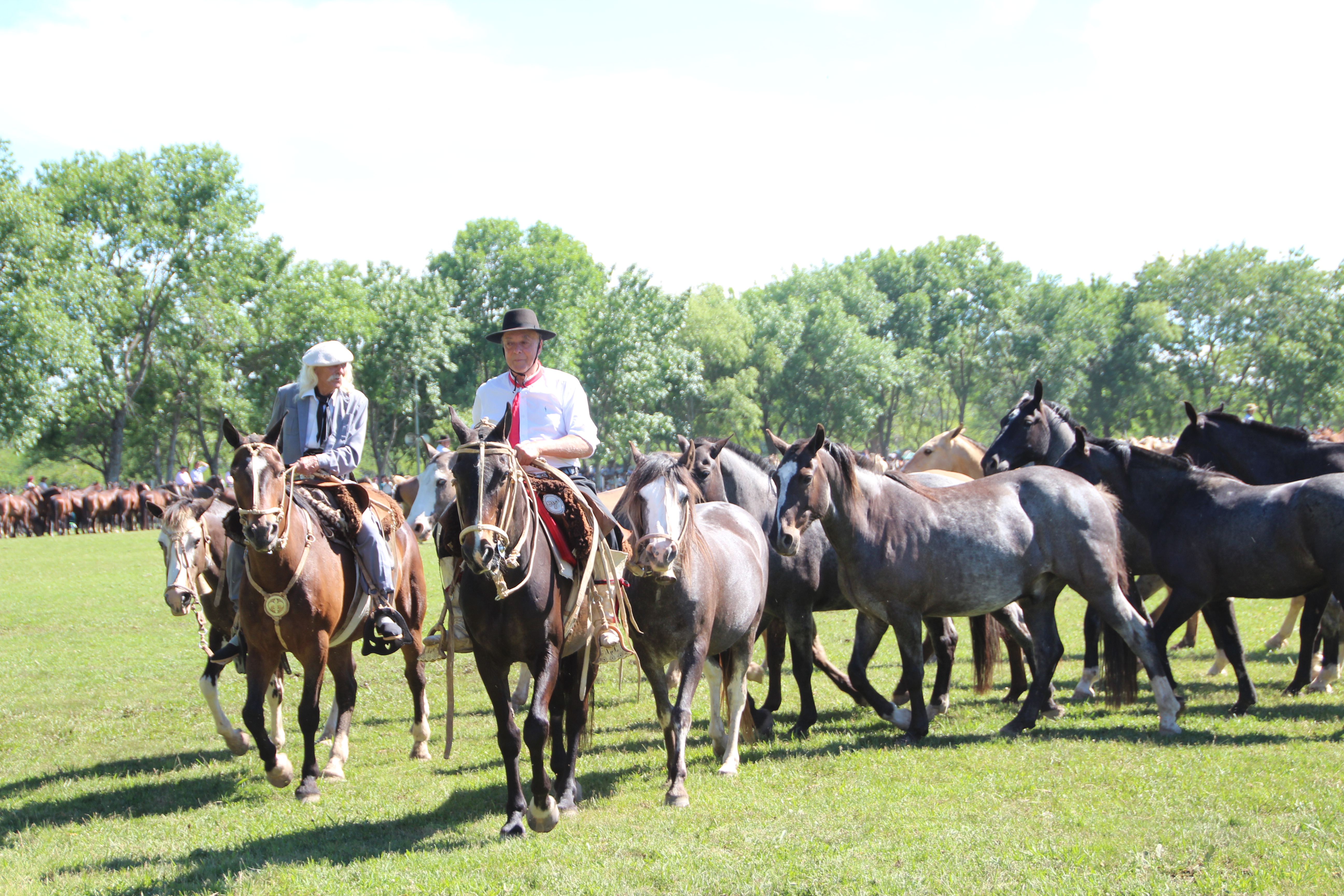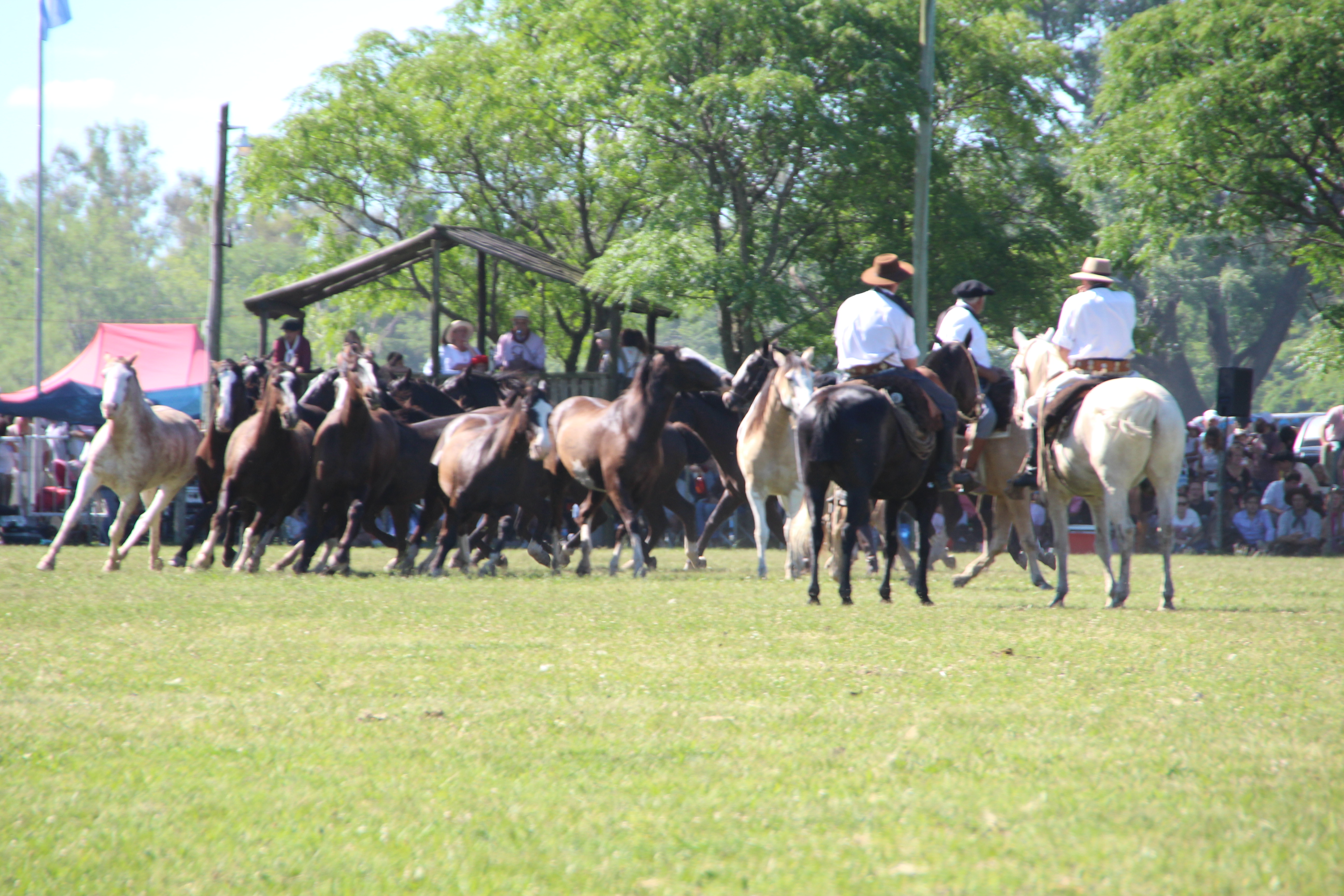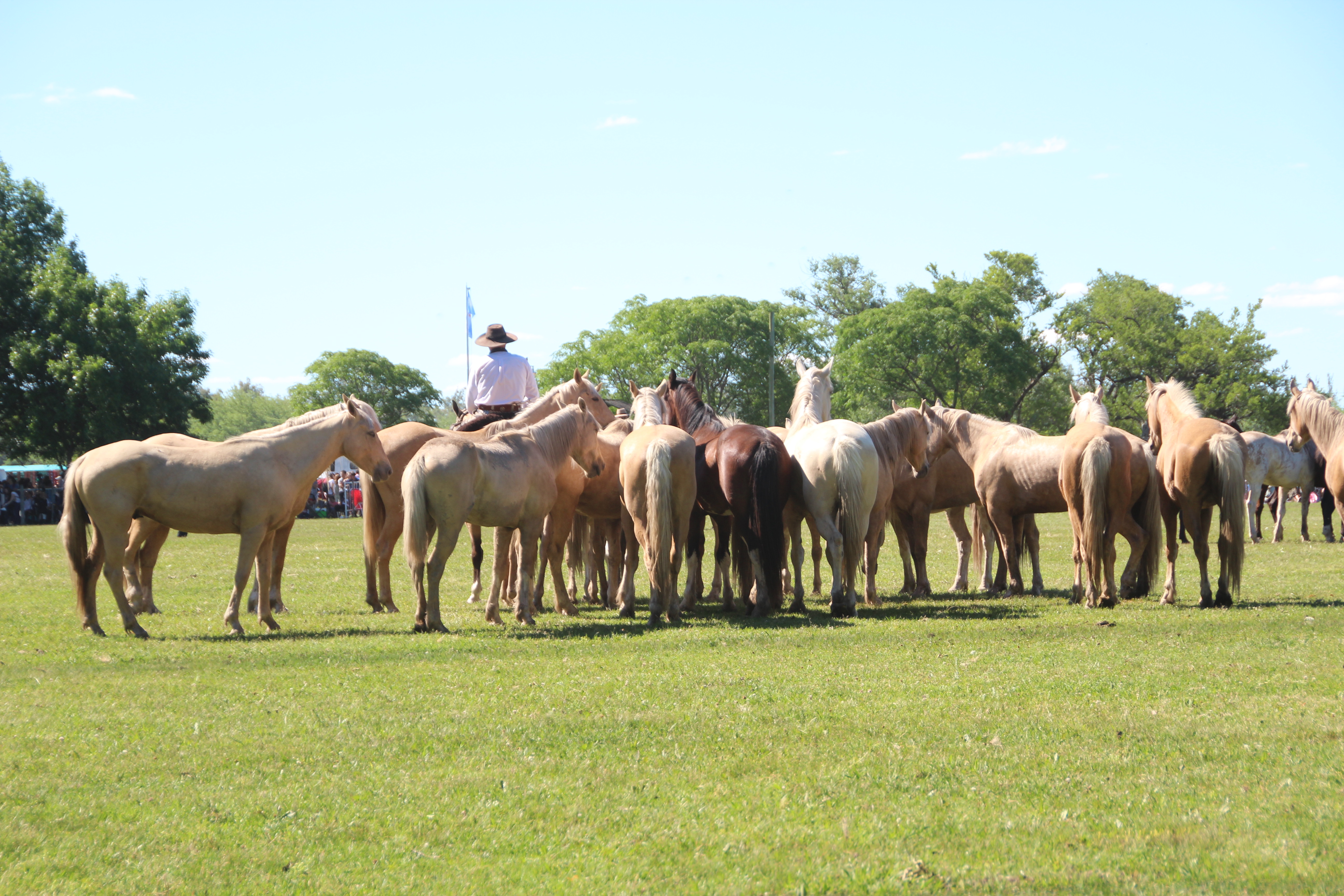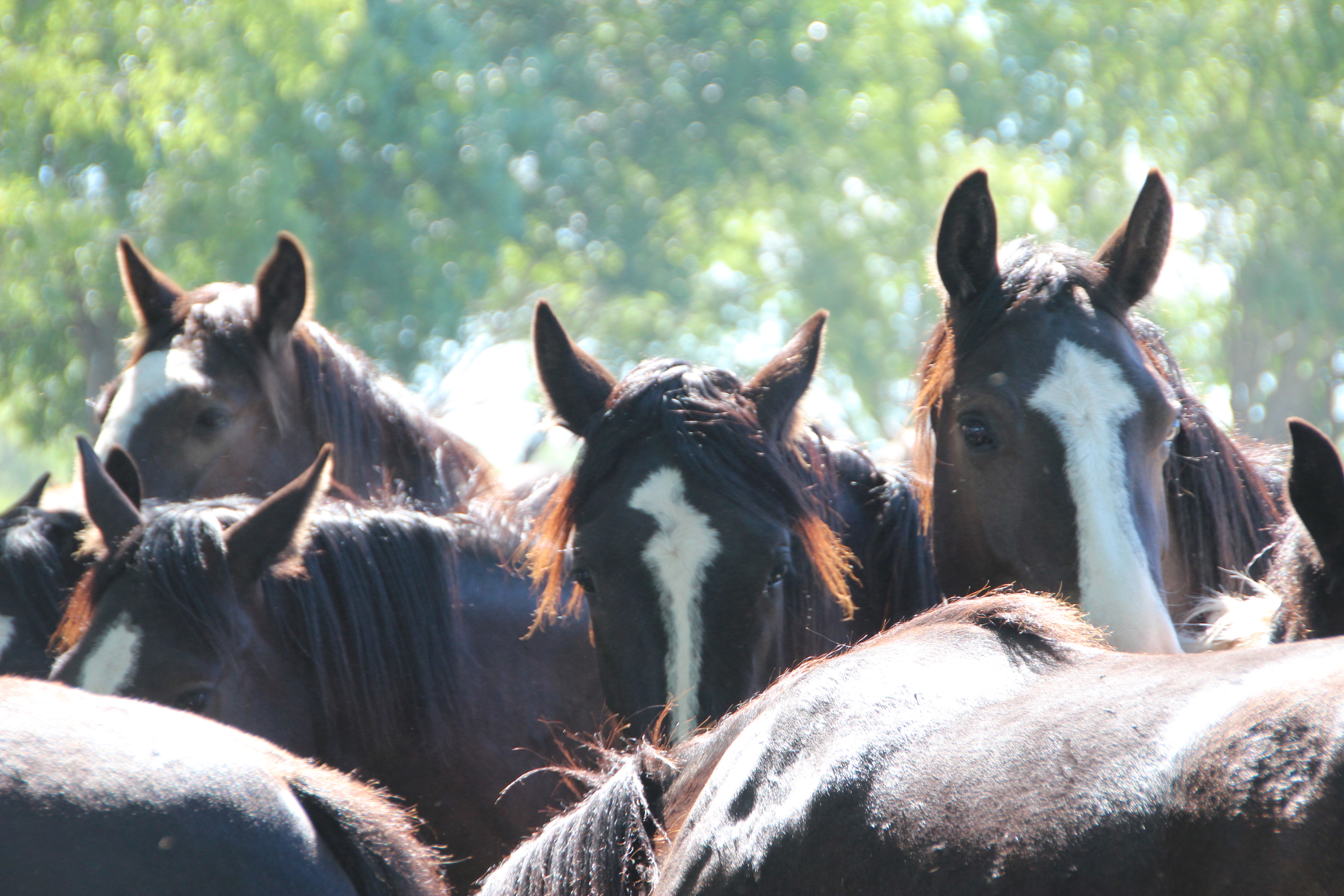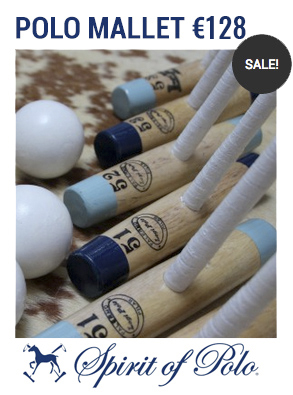Areco has a charm that stands out above other towns because it allows us to truly experience the folklore of our countryside, where the gauchos honor tradition in their daily activities and live with neighbors with a naturalness that is not repeated in other corners of Argentina.
It is very common to find rocks, guitars and folk dances during the weekends. The town has 11 museums (4 municipal and 7 private) where the story of the arequera’s history is offered from different perspectives. In addition, in the Historical Quarter abound artisan workshops, where you can see works of different disciplines closely linked to the traditional, such as silverware, ceramics, saddlery, the Creole loom and the soguería.
Also the pulperías, the historical bars and the general store stores are a faithful portrait of their Creole culture: beret countrymen leaning on the bar, an arsenal of old bottles stored in endless shelves, calendars of espadrilles, walls without reboque and floors of pinotea crunchy. In Areco, the gaucho atmosphere is intact.
Festival of Tradition
The National Festival of Tradition is the most important event of the year for the town of Areco and is also the oldest Creole festivity in the country. The official day of the tradition is November 10, but the festivities are lived during the weekend closest to the date. The party, with free admission, is a real tribute to the man of the field and the opportunity of Areco to show his identity to the world.
The pure and genuine folklore that is expressed in these days, is what turned the arequeros into custodians of the noble traditions that make up the Argentine being. The gaucho, proud of the past, renews his commitment to a lifestyle at the National Festival of Tradition.
During the party, countrymen, craftsmen, musicians, dancers and artists become the true protagonists. The Historical Quarter is full of exhibitions, concerts, demonstrations, tastings, parades and clubs. Many countrymen come from different parts of the country to participate in this great celebration, with an annual presence of approximately 20 thousand people.
Tropillas and entreveros
The set of troops is, at the end of accounts, another sign of ingenuity of the gaucho. In the middle of the field, without corral, without enough reins, having gathered the small group, when it was necessary to walk for days, did not stop being a challenge.
But how do you make a herd? (by Martin Hardoy)
1. Castrated male horses are chosen as close as possible to type and color or fur. The herds are always male horses with a mare. The gaucho does not go on a mare and then does not make herds with mares, although he could if he wanted to.
2. A mare named “Godmother” is chosen and a cowbell is placed. The mare must be very gentle but at the same time she will have to have character. The ideal are those mares that within the groups of fillies or mares run ahead. The mare may or may not be the same coat as the horses. The sound of the cowbell is never the same as another. This is very important because each horse has to follow that sound during the day and at night or to his godmother. The mare has the cowbell always on. The trotter does not walk the mare godmother.
3. Many herds also have a horse of a different color to what they call “the mole”. Actually, the mole is used to differentiate a herd when all the animals are mixed and there are herds of identical hair and type of animals. It is one more way to differentiate the group and one more luxury in the tropilla.
Meanwhile, the interlude of tropillas, is when the herds are mixed to separate again. Generally at a gallop, and raising an important dust, the spectacle of color, animal beauty and gaucho skill, is something that does not go unnoticed at the fiesta de tropillas.
——————-
79° Fiesta nacional de la Tradición 2018 en San Antonio de Areco
Areco tiene un encanto que resalta sobre otros pueblos porque nos permite vivir realmente el folklore de nuestro campo, donde los gauchos honran la tradición en sus actividades diarias y conviven con los vecinos con una naturalidad que no se repite en otros rincones de la Argentina.
Es muy común encontrar peñas, guitarreadas y danzas folklóricas durante los fines de semana. El pueblo tiene 11 museos (4 municipales y 7 privados) donde el relato de la historia arequera se ofrece desde perspectivas diferentes. Además, en el Casco Histórico abundan los talleres de artesanos, donde se ven trabajos de distintas disciplinas muy vinculadas a lo tradicional, como pueden ser la platería, la cerámica, la talabartería, el telar criollo y la soguería.
También las pulperías, los bares históricos y los almacenes de ramos generales son un fiel retrato de su cultura criolla: paisanos de boina acodados en la barra, un arsenal de botellas antiguas almacenadas en estanterías infinitas, calendarios de alpargatas, paredes sin reboque y pisos de pinotea crujientes. En Areco, la atmósfera gauchesca está intacta.
Fiesta de La Tradición
La Fiesta Nacional de la Tradición es el acontecimiento más importante del año para el pueblo de Areco y es también la festividad criolla más antigua del país. El día oficial de la tradición es el 10 de noviembre, pero los festejos se viven durante el fin de semana más próximo a la fecha. La fiesta, con entrada libre y gratuita, es un verdadero homenaje al hombre de campo y la oportunidad de Areco para mostrar su identidad al mundo.
El folklore puro y genuino que se expresa en estos días, es lo que convirtió a los arequeros en custodios de las nobles tradiciones que componen el ser argentino. El gaucho, orgulloso del pasado, renueva en la Fiesta Nacional de la Tradición su compromiso por un estilo de vida.
Durante la fiesta, los paisanos, artesanos, músicos, bailarines y artistas se vuelven los verdaderos protagonistas. El Casco Histórico se colma de exposiciones, conciertos, demostraciones, degustaciones, desfiles y peñas. Muchos paisanos llegan desde diferentes puntos del país para participar de esta gran celebración, con una presencia anual de aproximadamente 20 mil personas.
Tropillas y entreveros
La tropilla entablada es, al final de cuentas, otra muestra de ingenio del gaucho. En medio del campo, sin corral, sin riendas suficientes, tener reunida a la tropilla, cuando había que andar por días, no dejaba de ser un desafío.
¿Pero cómo se hace una tropilla? (por Martin Hardoy)
1. Se eligen los caballos machos castrados lo mas parejos posible de tipo y color o pelaje. Las tropillas siempre son de caballos machos con una yegua. El gaucho no anda en yegua y entonces no hace tropillas con yeguas aunque si quisiera podría.
2. Se elige una yegua a la que se llama “Madrina” y se le coloca un cencerro. La yegua debe ser bien mansa pero al mismo tiempo tendrá que tener carácter. El ideal son aquellas yeguas que dentro de los grupos de potrancas o yeguas corren delante. La yegua puede ser o no del mismo pelaje que los caballos. El sonido del cencerro nunca es igual de otro. Esto es bien importante pues cada caballo ha de seguir a ese sonido de día y por las noches o a su madrina. La yegua tiene el cencerro puesto siempre. El tropillero no anda la yegua madrina.
3. Muchas tropillas también tienen un caballo de un color diferente al que llaman “el lunar”. En realidad se usa el lunar para diferenciar una tropilla cuando se mezclan todos los animales y aparecen tropillas de idéntico pelo y tipo de animales. Es una forma mas de diferenciar el grupo y un lujo mas en la tropilla.
En tanto, el entrevero de tropillas, es cuando las tropillas se mezclan para volver a separarse. Generalmente al galope, y levantando una polvareda importante, el espectáculo de color, belleza animal y destreza gaucha, es algo que no pasa desapercibido en la fiesta de tropillas.
